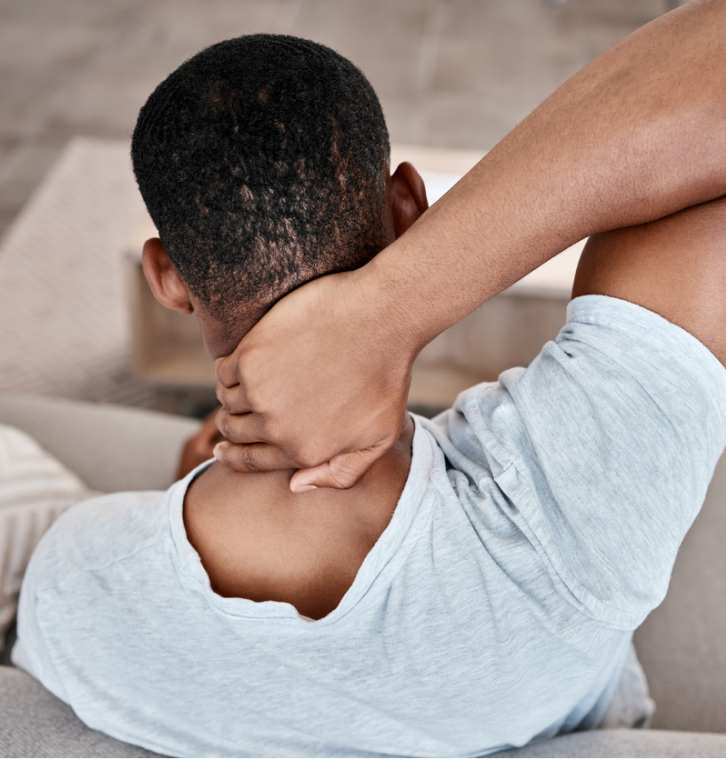
What is Neck Pain?
Neck pain refers to discomfort or soreness in the cervical spine area, which includes the seven vertebrae that make up the neck. This pain can range from a dull ache to sharp, intense pain and may be accompanied by stiffness, reduced range of motion, or radiating symptoms into the shoulders and arms. Neck pain can be acute (short-term) or chronic (long-lasting) and may significantly impact daily activities and quality of life.


